When you think of Japanese summer festivals, you might imagine lively music, delicious street food, and colorful lanterns lighting up the night. But among all the excitement, there’s one activity that has been loved for generations: goldfish scooping.
In this charming festival game, players use a delicate paper scoop called a poi to catch goldfish swimming in a shallow tank. The tension of trying not to tear the fragile paper while chasing those quick little fish is thrilling and nostalgic—an experience that many Japanese people remember fondly from their childhood.

In this article, we’ll dive into what goldfish scooping is, how it works, and the fascinating history behind this beloved summer tradition.
What Is Goldfish Scooping?

Goldfish scooping is such a classic part of Japanese summer festivals, isn’t it? By the way, what do you call “goldfish scooping” in Japanese?

It’s called “kingyo-sukui.” Pretty much every child who grew up in Japan has tried it at least once.
What Is a Poi?
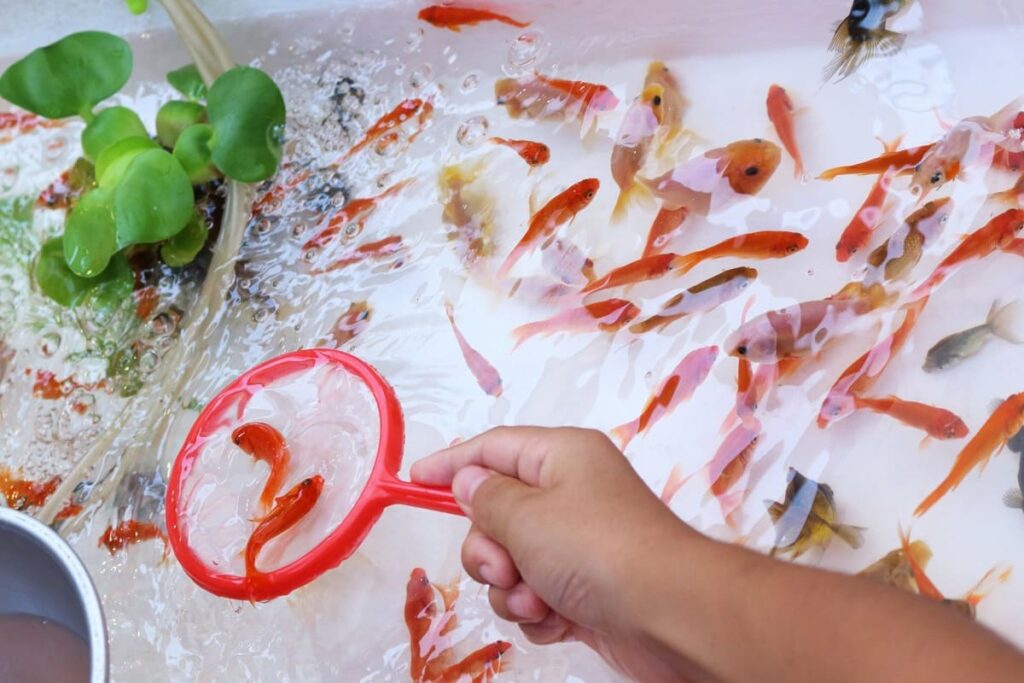
The essential tool for goldfish scooping is the poi. It consists of a plastic frame with thin Japanese paper stretched across it. Because the paper becomes fragile when wet, it tears easily if too much force is used. This challenge is exactly what makes goldfish scooping so much fun!
Interestingly, poi come in different grades. A “No. 1” poi has very thin paper for a higher difficulty level, while thicker paper is often used for children so they can enjoy the game without getting frustrated.

Sometimes it was surprisingly easy to catch goldfish, and other times my poi would break right away—but now I realize it was because the paper’s thickness was different!
How Much Does It Cost and What Are the Rules?
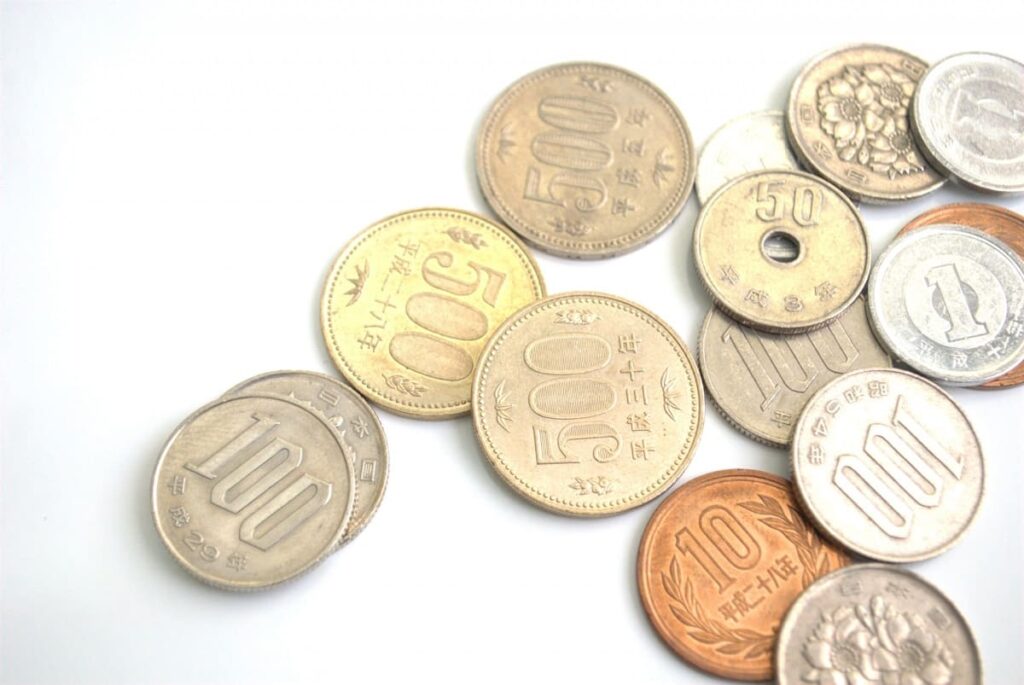
Goldfish scooping typically costs around 400–500 yen per try. You can scoop as many goldfish as possible until your poi breaks. Any fish you successfully catch are placed in a small bag, and you can take them home.
Some stalls may limit the number of fish you can keep (for example, “up to 3 goldfish”). Recently, some festival booths have also introduced “play-only” options where you can enjoy the game but return the goldfish afterward—perfect for those who can’t keep pets at home.

When I was a kid, as long as the poi didn’t tear, I could keep playing goldfish scooping endlessly.
Why Kids Love It
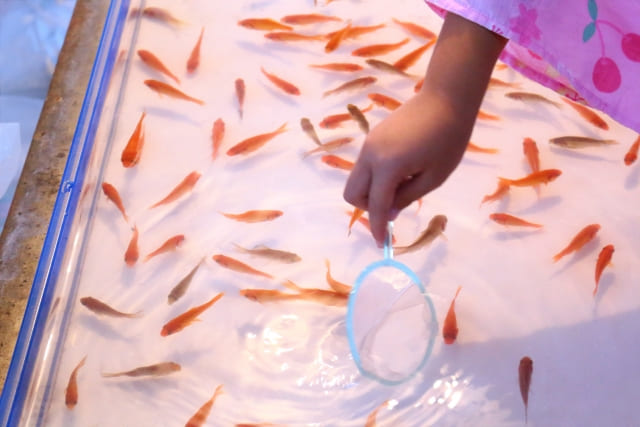
Goldfish scooping is especially popular among children because it’s simple, colorful, and rewarding. The vibrant orange and red fish swimming under the festival lights create a magical atmosphere. Parents and kids can play together, making it a perfect family activity during summer festivals.

For me, goldfish scooping was always the thing I looked forward to most at summer festival stalls. I still remember carefully scooping them, trying not to hurt the fish or tear the poi.
The History of Goldfish Scooping
Goldfish Arrive in Japan During the Muromachi Period
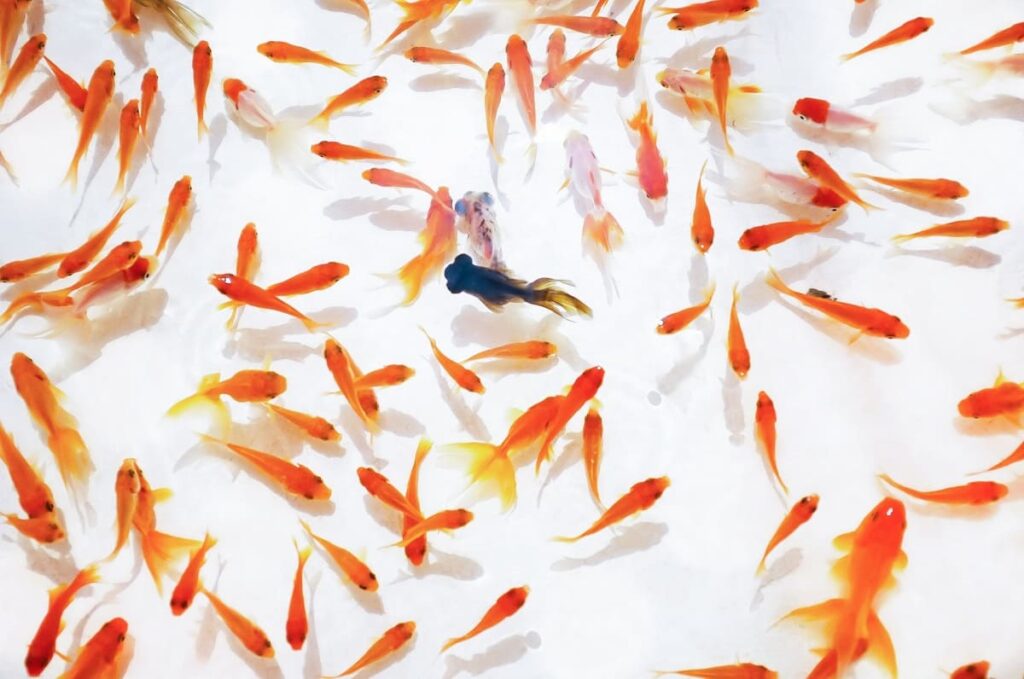
Goldfish first came to Japan from China during the Muromachi period, over 600 years ago. At that time, they were extremely rare and considered luxury pets for the aristocracy and wealthy families.
The Spread of Goldfish Culture in the Edo Period
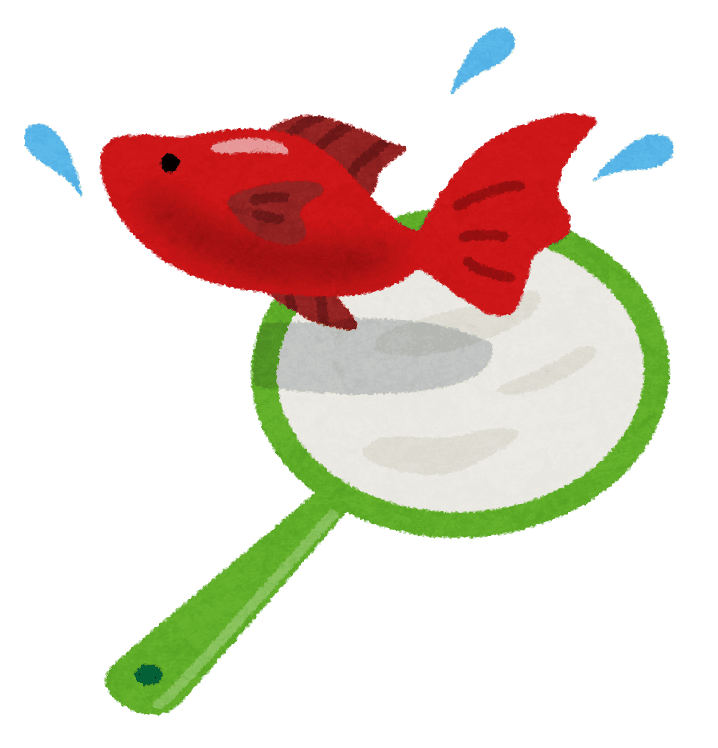
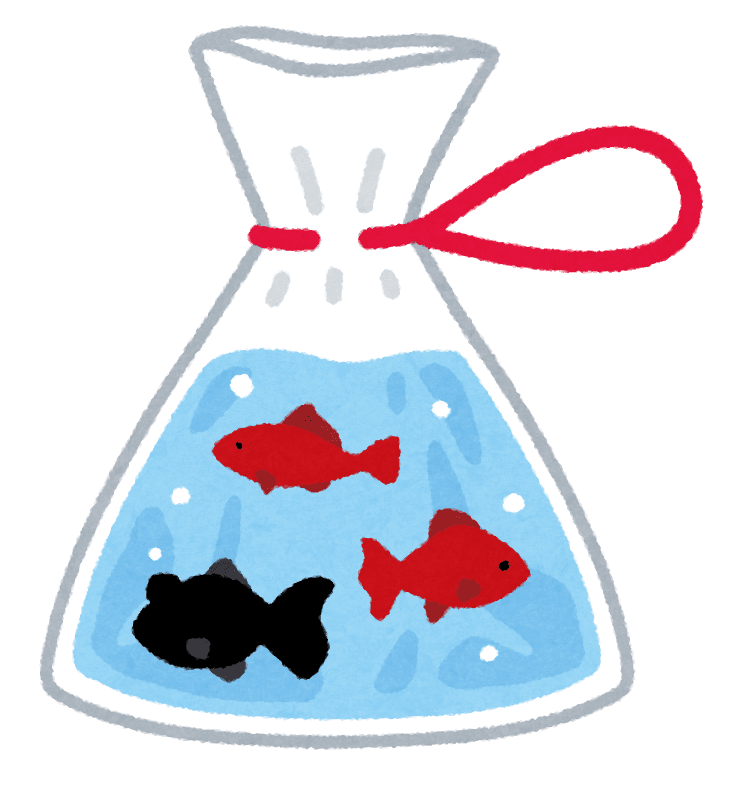
By the Edo period, goldfish breeding became widespread, making goldfish affordable for ordinary townspeople. This was also when the culture of goldfish scooping began to emerge. During summer, the sight of goldfish sellers and goldfish scooping games became a seasonal tradition in Edo, signaling that the hot months had arrived. Goldfish became a symbol of summer and a favorite way to enjoy a sense of coolness in the bustling city.
The Modern Style of Goldfish Scooping in the Meiji Period
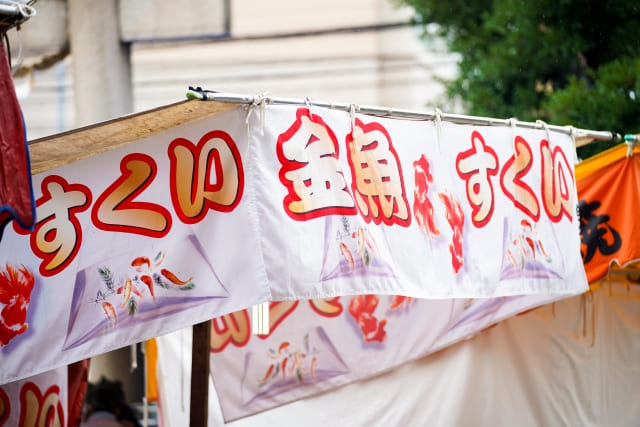
The goldfish scooping game as we know it today took shape during the Meiji period. The introduction of the poi—a wire frame covered with Japanese paper—added a fun challenge to the game. Around this time, the custom of taking home the goldfish you scooped also became popular, turning the game into the summer festival staple we see today.

So, what happened to the goldfish you caught?

I kept them at home. Many of them lived for about 12 to 15 years! They grew so big—almost like small koi—that anyone who saw my tank was amazed.

The goldfish I caught at festivals were actually my very first pets. Through goldfish scooping, I think I learned both the challenges of taking care of living creatures and how precious pets can be.
Q&A
- QIs there a trick to catching more goldfish?
- A
Yes! Watch how the goldfish move and approach them slowly. Instead of chasing them around, gently slide your poi under the fish to scoop it up without breaking the paper.
- QMy poi always breaks right away. What am I doing wrong?
- A
Try using a softer touch. Keep the poi near the water’s surface and avoid scooping too aggressively. Smooth, gentle movements will help the paper last longer.
Final Thoughts about Goldfish scooping in Japan
Goldfish scooping is more than just a festival game—it’s a window into Japanese history and tradition. From its beginnings in the Muromachi period to its evolution in the Edo and Meiji eras, this activity has been enjoyed for centuries and remains a beloved summer pastime.
Whether you play for fun or for the challenge, goldfish scooping offers a nostalgic and uniquely Japanese experience. So, next time you visit a Japanese summer festival, why not give it a try? The thrill of catching your first goldfish is an unforgettable moment you won’t want to miss.

If you like gaming, and you are also interested in Japan, you may love these Japanese themed games!
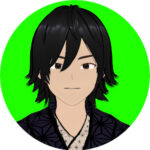
Yes! Let’s play!




Comments